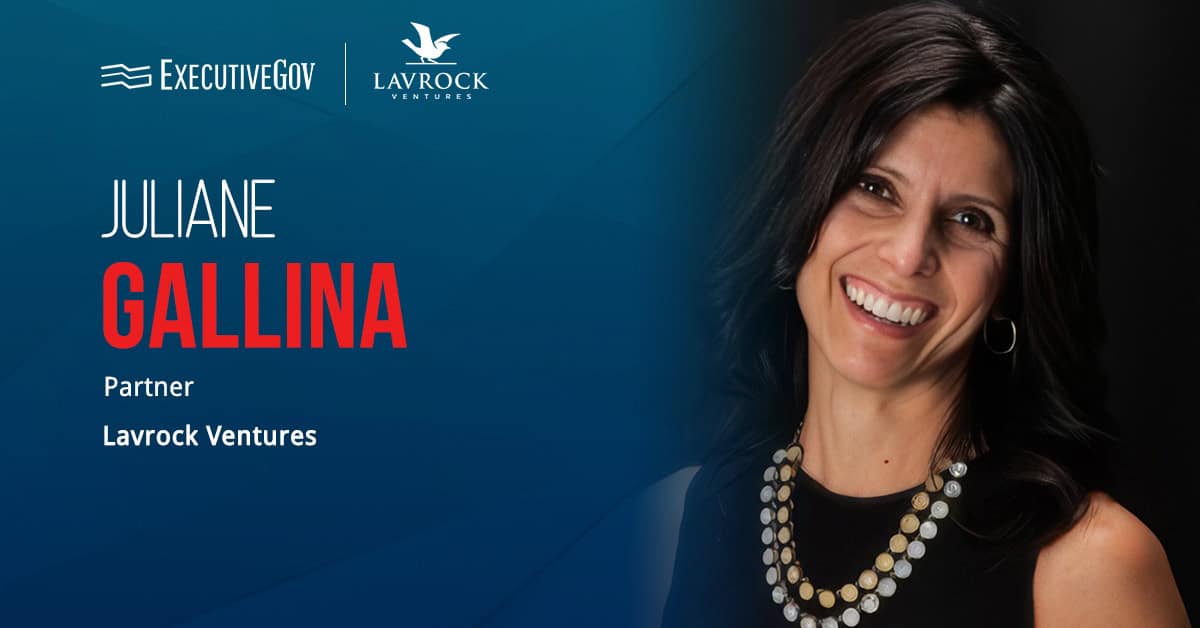The U.S. Central Intelligence Agency has been at the forefront of global intelligence for the past 75 years; today, in order to stay ahead of evolving threats and maintain the United States’ information advantage, the agency is adapting in new ways.
Juliane Gallina, associate deputy director of the CIA’s Digital Innovation directorate, spoke with Executive Mosaic in a new video interview about how global events are impacting the U.S. intelligence community, which new technologies we should be focusing on today, how our adversaries are changing the threat landscape and what American citizens can do to help stop the dangerous spread of disinformation.
Click here to watch the full video interview with the CIA’s Juliane Gallina, and be sure to subscribe to Executive Mosaic’s YouTube channel so you never miss an interview!




